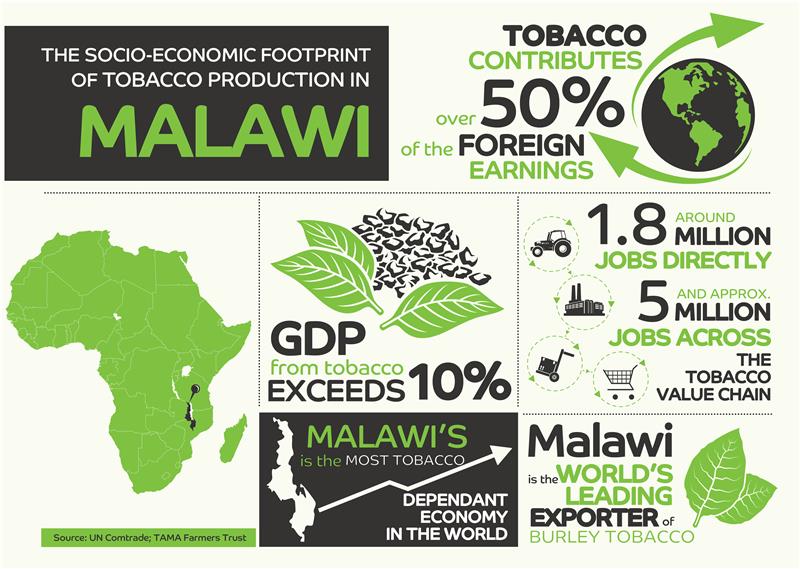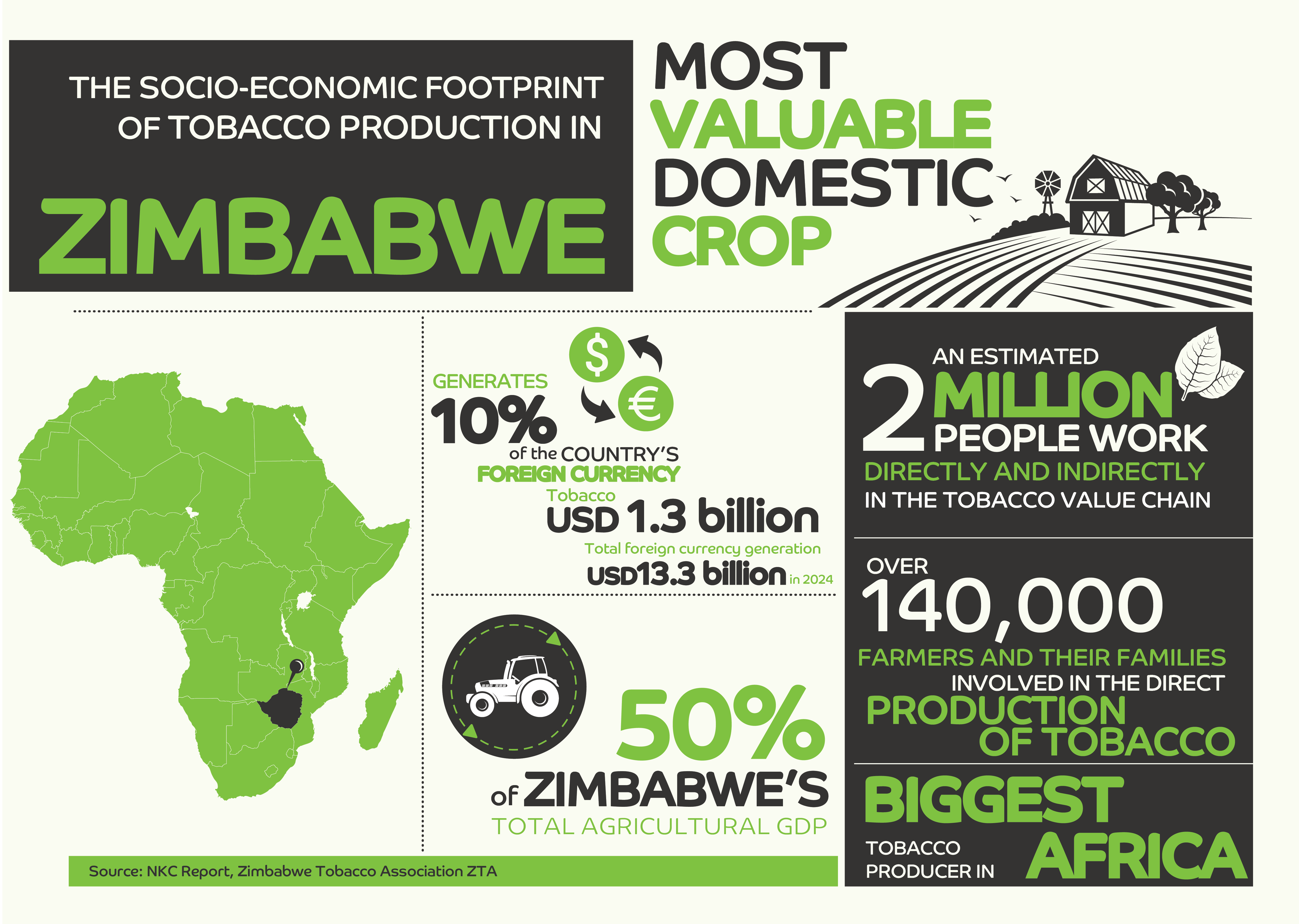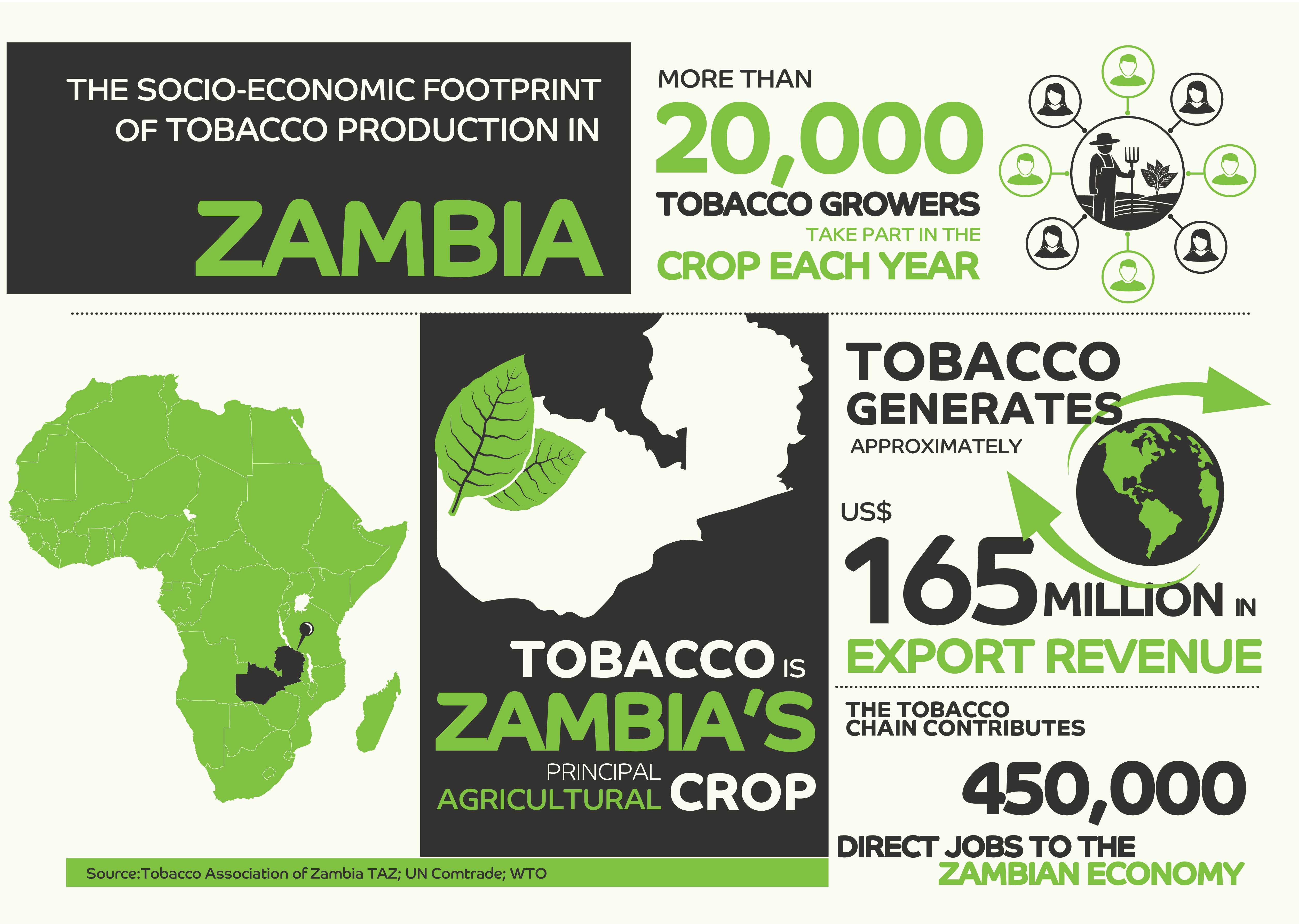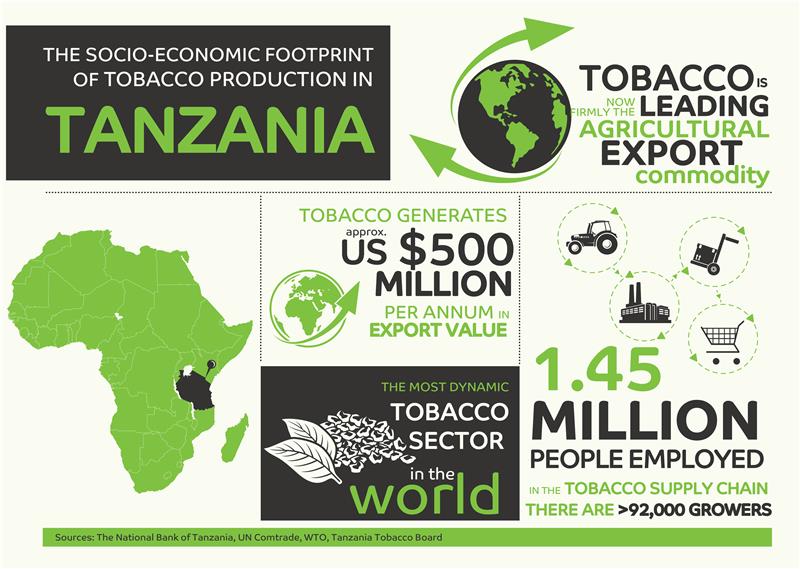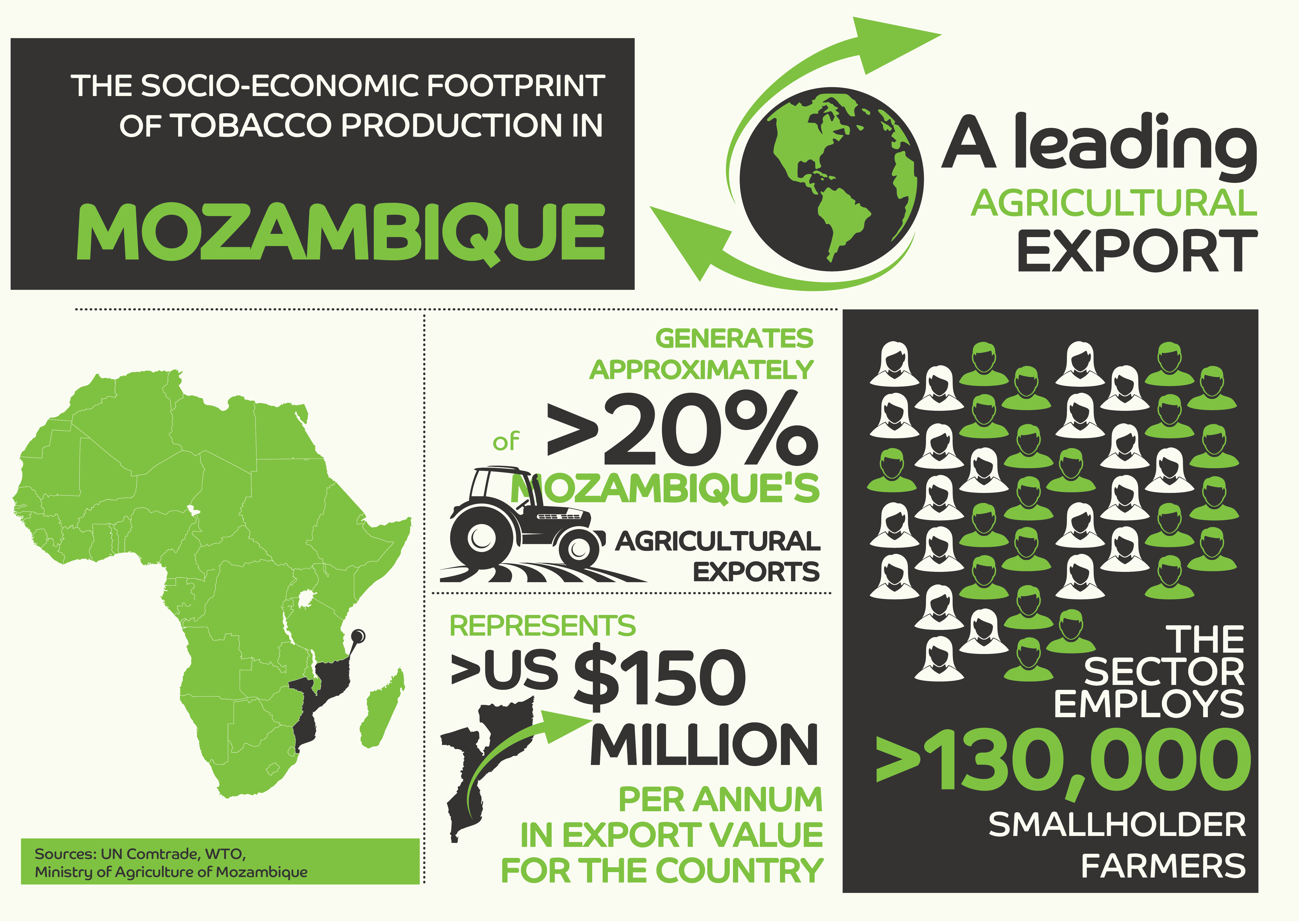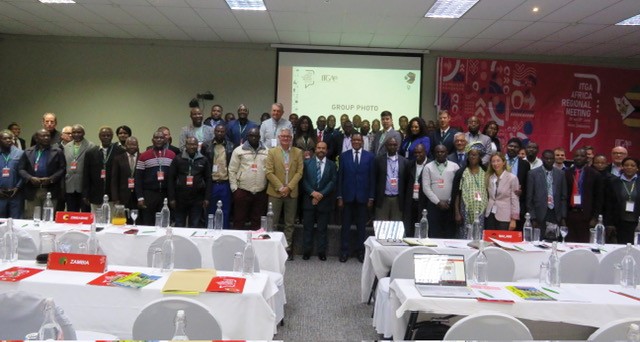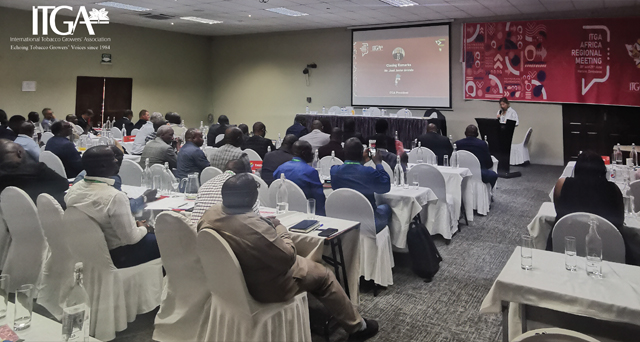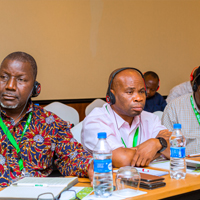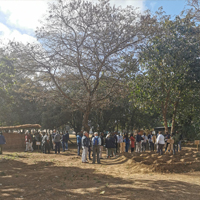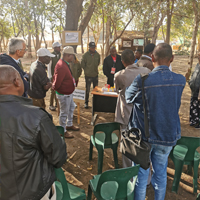


read more


read more
The International Tobacco Growers' Association (ITGA) has built a strong and growing footprint across Africa, working directly with supply chain partners in Malawi, Tanzania, Zambia and Zimbabwe.
As the main tobacco information hub of the industry in Africa, ITGA provides trusted insights, fosters dialogue, and connects key players across the continent and beyond.
Join the ITGA Africa Regional Meeting 2025!
Whether you're a stakeholder in the value chain, a reearch organization, or a policy influencer, partnering with ITGA opens the door to regional collaboration, knowledge exchange, and impactful representation.
Join us nin shaping a sustainable future for African tobacco. Ger in touch today to explore partnership opportunities.
Save the Date – Media Note
ITGA Africa Regional Meeting 2025
Date: July 3rd, 2025
Time: 9:00 AM
Venue: The Bingu Wa Mutharika International Convention Centre
(BICC)
The International Tobacco Growers' Association (ITGA) is pleased to
invite you to its Africa Regional Meeting, an exclusive session bringing together international experts to explore the dynamics of the global tobacco market, regulatory developments, and the role of international agencies.
This high-level gathering will provide a platform to address current challenges and opportunities across the tobacco supply chain, with insights from key stakeholders and thought leaders in the field.
Mark your calendar and join us for a session of dialogue, strategy, and regional cooperation.

ITGA President
read more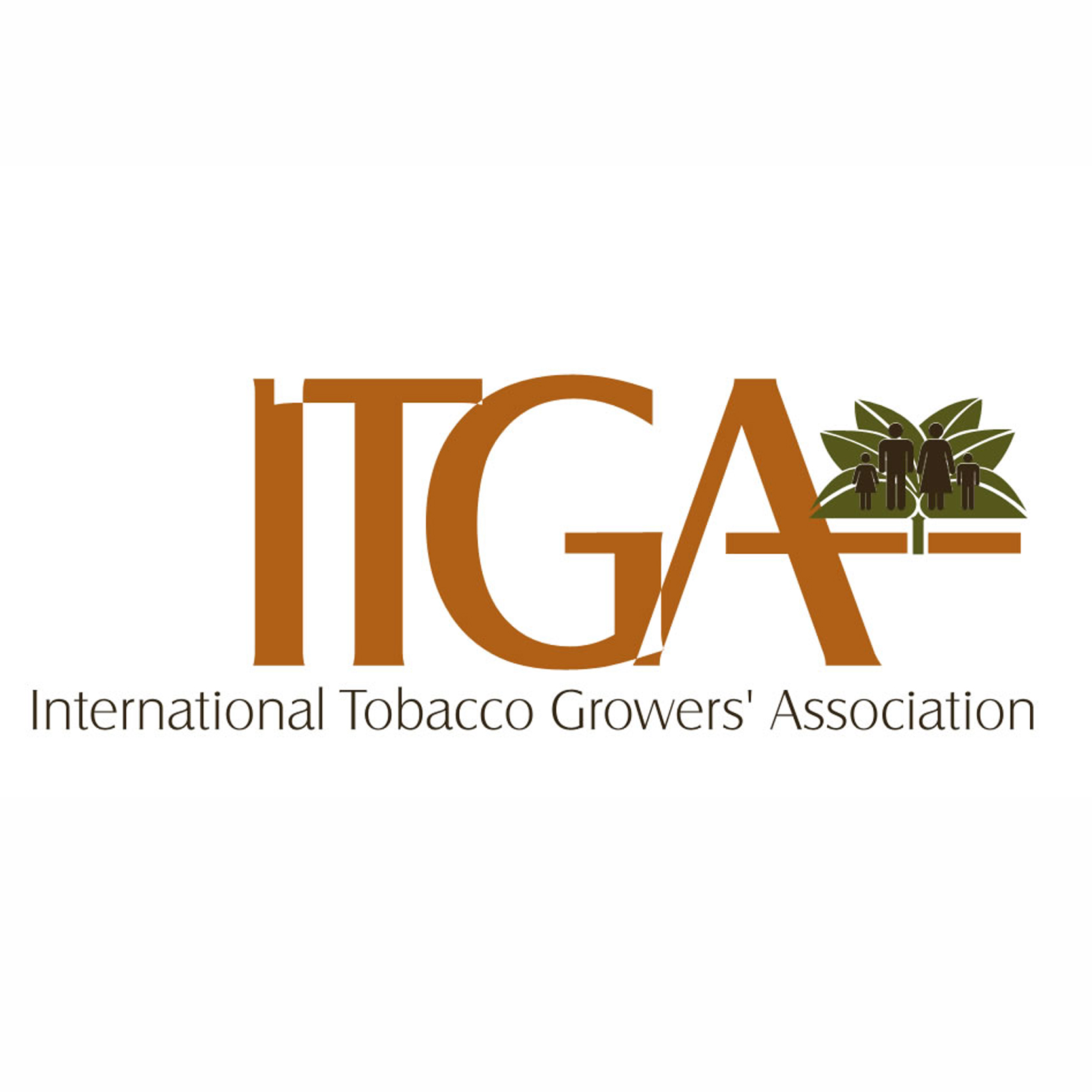
read more
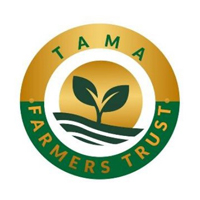
read more
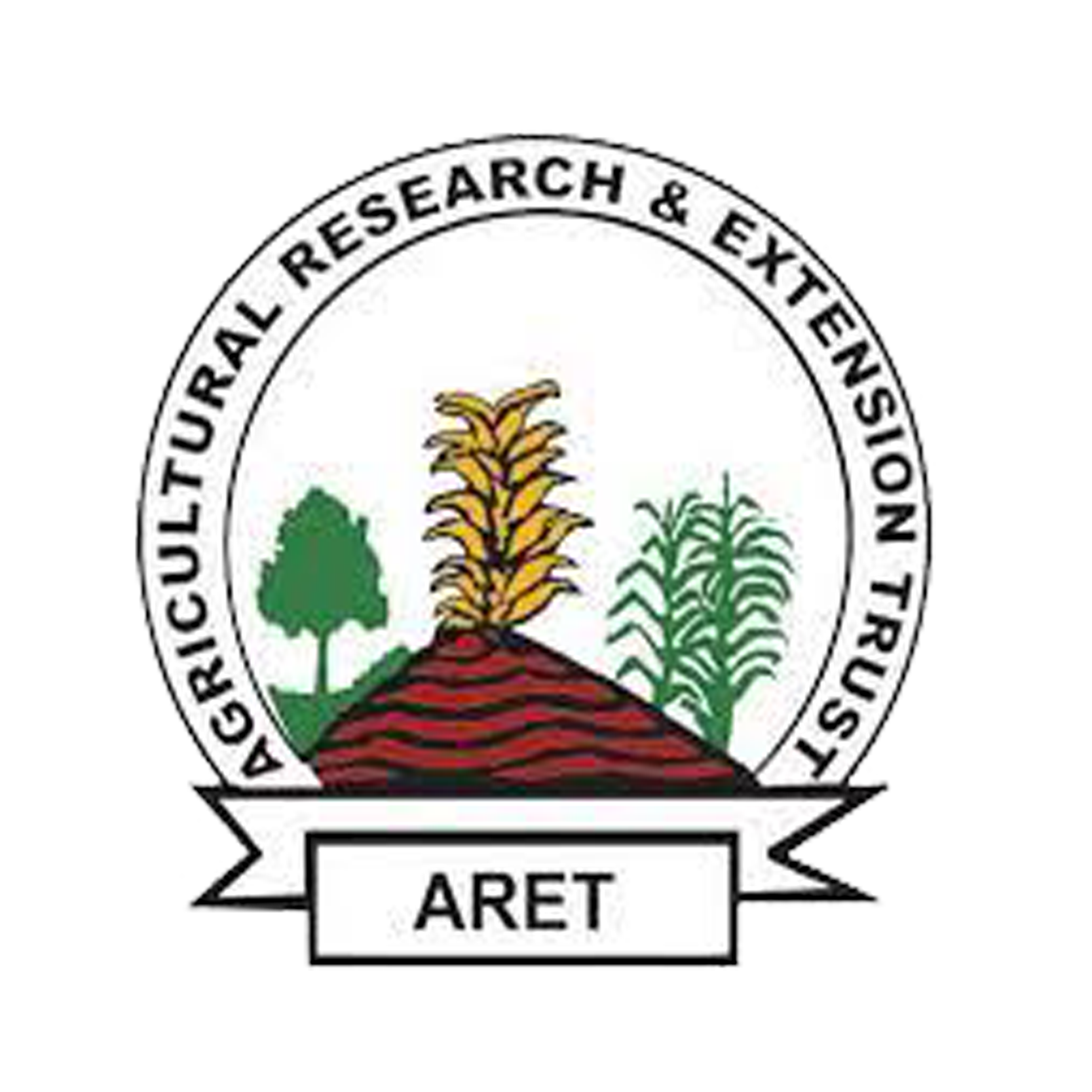
read more

Agricultural Research and Extension Trust Chief Executive
read more
read more

Alliance One International Corporate Affairs Director & Managing Director
read more
Universal Leaf, Africa Regional External Affairs Officer
read more
read more

Euromnitor International, Consultant Sub Saharan Africa
read more
read more

read more

Tamarind Inteligence Director of Legal Research and Analyis
read more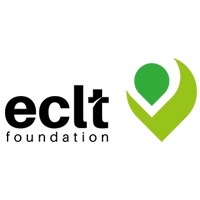

ECLT Foundation Executive Director
read more
Ministry of Trade
read more

ILO Project Technical Officer
read more
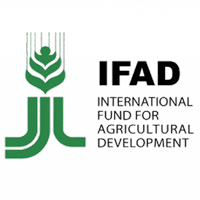

IFAD Zambia Country Program Coordinator
read more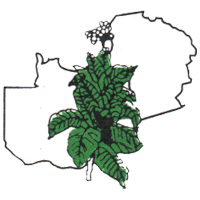
read more

read more

read more

ITGA CEO
read more
ITGA Manager Tobacco Industry Analysis
read more



Members of the media are welcome to attend ITGA 2025 Africa Regional Meeting. For media accreditation and inquiries, please get in touch.
1. Tobacco Products Consumption Trends:
How are traditional and new generation tobacco products performing around the world?
3. Global Regulatory Environment:
What will be the key factor impacting tobacco production?
2. Tobacco Leaf Market in 2024 & Revision 2025:
What is the Market Dynamic in the Leading Tobacco Producing Countries?
4. Market Dynamics and Regulation Direct Impact in Africa Region Debate:
How are Local Growers Preparing for the Future?
